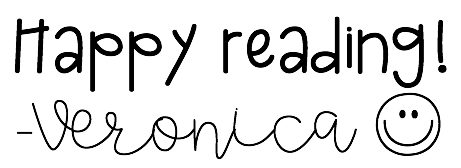

Title: The Rough-Face Girl
Author: Rafe Martin
Illustrator: David Shannon
Genre: Traditional Literature
Awards: Bluebonnet Master List (1993-94), IRA Teacher's Choice, ABC Children's Bookseller's Choice
Age Group: 1st-3rd grade
I read The Rough-Face Girl, which is a Native American version of Cinderella. A man has three daughters, two of which are cold, mean, and prideful. The youngest daughter, who is kind, is forced to tend the flames of the fire, resulting in a marred face and body. Now, these sisters have heard of the Invisible Being. Legend has it that the woman who can see the Invisible Being will be his wife, and the two eldest sisters boastfully test their luck. Upon being turned away by the Invisible Being's sister (who could see the coldness of their hearts), the Rough-Face Girl confidently but meekly seeks out the Invisible Being, having seen his face in the beauty of nature. In the end, she passes the test and her true beauty and kind heart shine through her scars. She washes and is made new in the lake, and marries the Invisible Being, living happily and contentedly.
I would absolutely use this book in the classroom! I feel like I say this about practically every book I read, but it is engaging, beautifully illustrated, incorporates a different culture, and offers the reader some food for thought. In this case, it teaches students that true beauty is within.
This book would be great for the first through third grade range. Because it deals with a girl whose face has been marred by flames, it could potentially be a bit scarier for a younger audience, although the illustrations are not graphic. This book definitely warrants a discussion about what went on, so I think it would be a good read aloud for early elementary.
As for some lesson plan ideas...
1. Venn diagram: This would be an excellent book to use to compare and contrast with the original Cinderella story. This could be done with a Venn diagram on an anchor chart so that the whole class can participate and add their own ideas using sticky notes.
2. Descriptions: I would totally have students practice describing characteristics after reading this book. There are lots of ways to describe the Rough-Face Girl, whether in terms of physical characteristics or personality.
3. Culture study: Because this has Native American elements, students could do a technology-based activity in which they research the Algonquin tribes. This could be done before reading the book to gain a better understanding of context and background.






Comments
Post a Comment